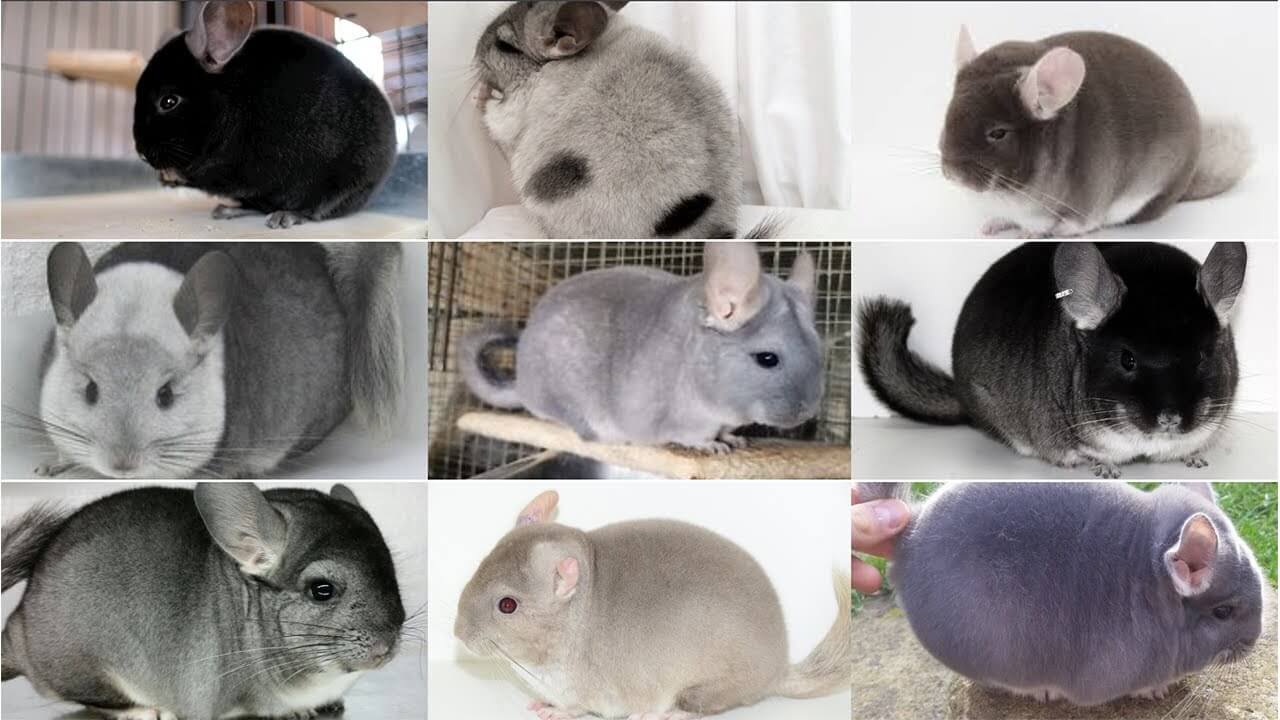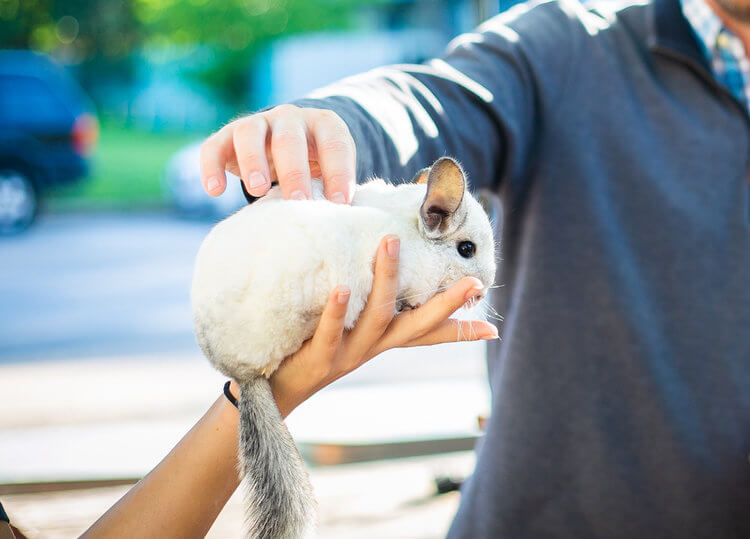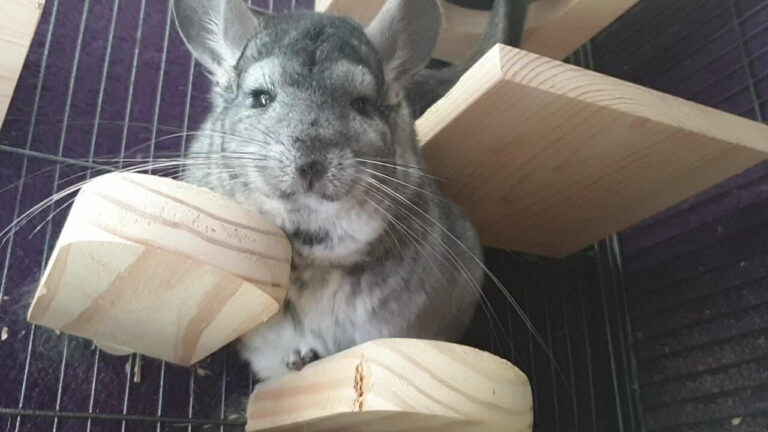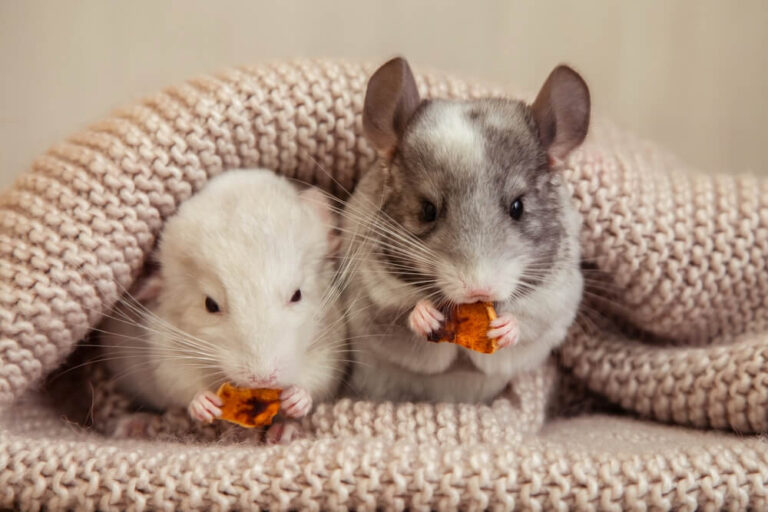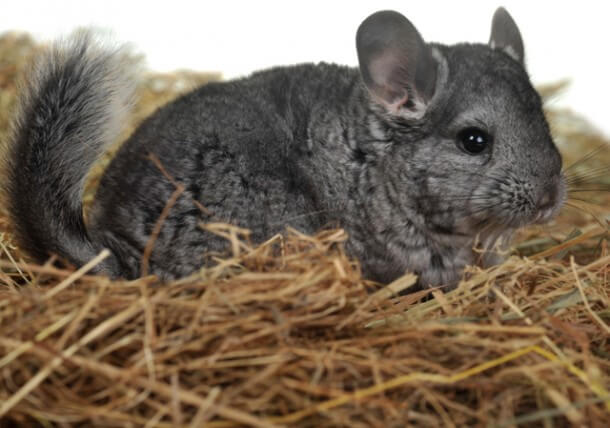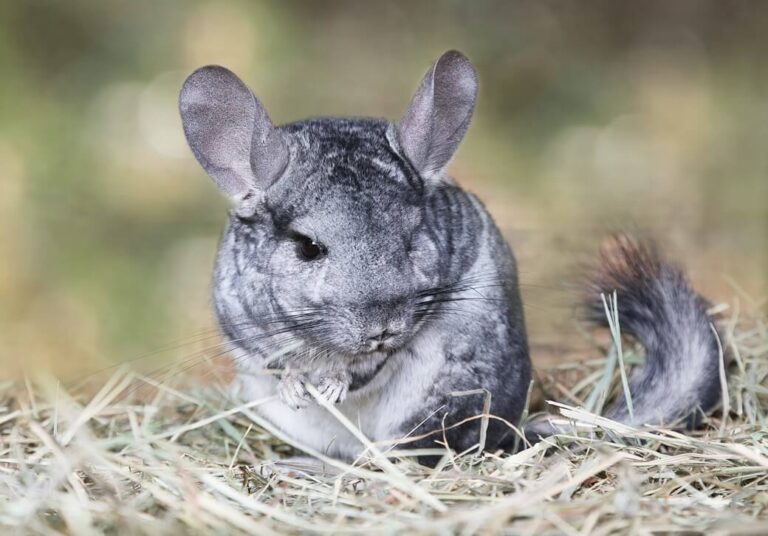Chinchilla Colors: Comprehensive Guide to Beautiful Shades
Standard Gray is the most common and natural color of chinchillas. This color mimics the wild chinchillas found in their natural habitat. Standard gray chinchillas have a bluish-gray hue with a white belly. Their fur is even in color across the body, providing a classic and elegant appearance.
Contents
Black Velvet
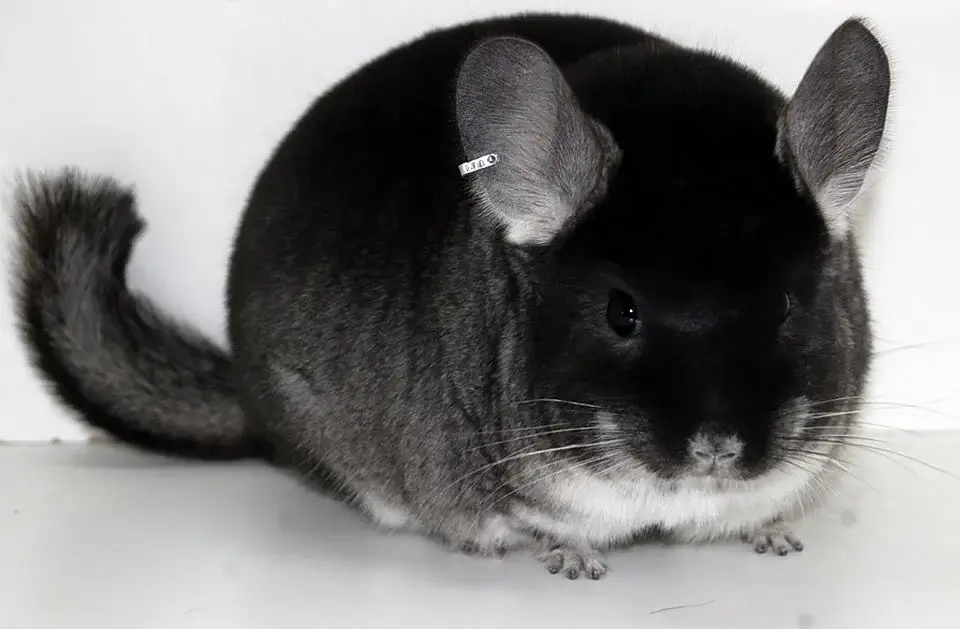
Black Velvet chinchillas are known for their striking, velvety appearance. They have a dark black color that covers their back and sides, gradually lightening towards the belly. This mutation, often referred to as “touch of velvet,” results in a soft and sleek coat that is highly sought after.
White chinchilla

White Chinchillas come in various shades, including Wilson White and Mosaic. Wilson White chinchillas have a pure white coat with dark eyes, while Mosaic chinchillas display a mix of white and gray or black patches. These variations create a unique and visually appealing contrast.
Beige chinchilla
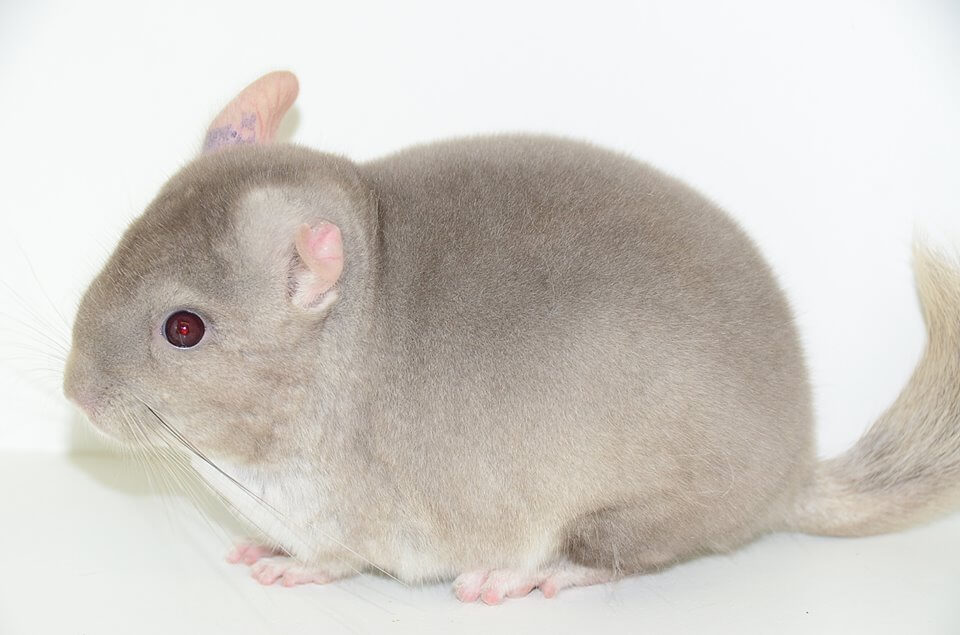
Beige Chinchillas are characterized by their creamy, light brown fur. The beige mutation can range from light champagne to a darker, richer tone. These chinchillas often have ruby eyes, adding to their distinct and charming appearance.
Ebony chinchilla

Ebony Chinchillas exhibit a rich, solid black color throughout their entire body. This mutation can vary from light to extra dark ebony, depending on the intensity of the black hue. Their luxurious fur and uniform color make them highly desirable among chinchilla enthusiasts.
Related: What Is A Chinchilla?
Sapphire chinchilla

Sapphire Chinchillas are prized for their stunning blue-gray coat. This rare mutation gives them a cool, silvery-blue appearance, which is both unique and captivating. The sapphire color is a result of a recessive gene, making these chinchillas a special find.
Violet chinchilla

Violet Chinchillas possess a beautiful, lavender-gray fur that is distinct from other colors. The violet mutation, also caused by a recessive gene, produces a soft, pastel shade that is highly attractive. These chinchillas often have a gentle, ethereal look.
Related: Common Chinchilla Sounds
Tan chinchilla
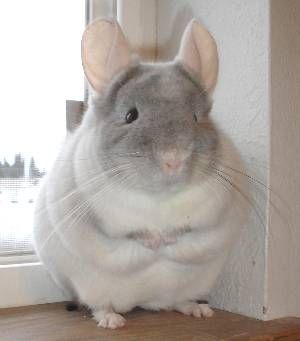
Tan Chinchillas come in a range of shades from light tan to dark chocolate. This mutation blends a warm brown color with the natural gray, creating a rich and varied appearance. Tans can be further classified into homozygous (two tan genes) and heterozygous (one tan gene) categories, each with unique visual traits.
Related: How Big Is A Chinchilla?
Factors Influencing Chinchilla Colors
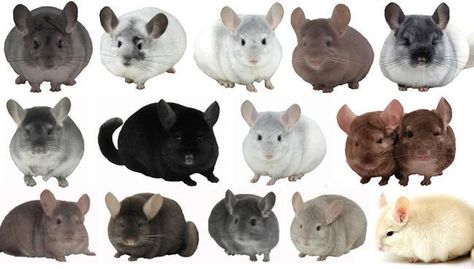
Several factors influence the colors and patterns of chinchillas, including genetics, breeding practices, and environmental conditions. Understanding these factors can help in selecting and caring for chinchillas with specific color traits.
Genetics
The color of a chinchilla is primarily determined by its genetic makeup. Specific genes control the expression of colors and patterns, and breeders often use selective breeding to achieve desired traits. Recessive and dominant genes play a crucial role in the diversity of chinchilla colors.
Breeding Practices
Selective breeding practices have led to the development of a wide range of chinchilla colors. By pairing chinchillas with specific genetic traits, breeders can enhance or combine certain colors, leading to new and unique variations. Ethical breeding practices ensure the health and well-being of chinchillas while promoting color diversity.
Environmental Conditions
While genetics play a dominant role, environmental factors such as diet, light exposure, and stress levels can also affect the appearance of a chinchilla’s fur. Proper care and a balanced diet are essential for maintaining the vibrancy and health of their coat.
Related: How Long Does A Chinchilla Live?
Caring for Chinchillas Based on Their Color
Each chinchilla, regardless of its color, requires specific care to ensure its health and happiness. Here are some tips for caring for chinchillas based on their color traits:
Fur Maintenance
Regular dust baths are crucial for all chinchillas to maintain their soft and dense fur. However, darker-colored chinchillas like ebony and black velvet may require more frequent dust baths to keep their coat free of oils and debris.
Diet and Nutrition
A balanced diet rich in hay, pellets, and fresh water is essential for the overall health of chinchillas. Specific colors, such as beige and sapphire, might have different nutritional needs due to their genetic makeup, so consulting with a vet can provide tailored dietary recommendations.
Health Monitoring
Regular health check-ups are important for all chinchillas, especially those with unique color mutations like violet and sapphire. These chinchillas might be more prone to certain genetic health issues, making early detection and preventive care vital.
Related: How To Take Care Of A Chinchilla For Beginners
Conclusion
Chinchilla colors are as diverse and captivating as the animals themselves. From the classic standard gray to the rare and exquisite violet, each color brings its own charm and uniqueness. Understanding the various chinchilla colors, along with their genetic and care requirements, enriches the experience of owning these delightful pets. Whether you are a seasoned breeder or a new chinchilla owner, appreciating the beauty and complexity of chinchilla colors enhances the joy of caring for these fascinating creatures.
- Golden Retriever Pros and Cons: What Every Pet Parent Should Know - 15 September 2025
- Cane Corso Dog Breed: Health, Care, and Lifespan - 14 September 2025
- Catahoula Leopard Dogs: Description, Temperament, Lifespan, & Facts - 21 July 2025

